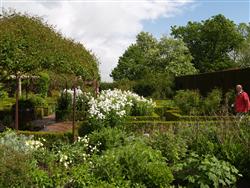
How do I learn more about trees and their care?
For those:
- Working in arboriculture
- Working in forestry
- Working in national parks
- Working in garden
- Working as a landscaper
This is a great course for anyone with a little knowledge of horticulture; who needs to deepen their understanding of tree care. It develops your ability to manage trees beyond Arboriculture I, in order to minimize potential long term tree problems. Learn about better tree selection, strengthening and improving health of existing trees, and techniques used to better remove trees and stumps that must be removed